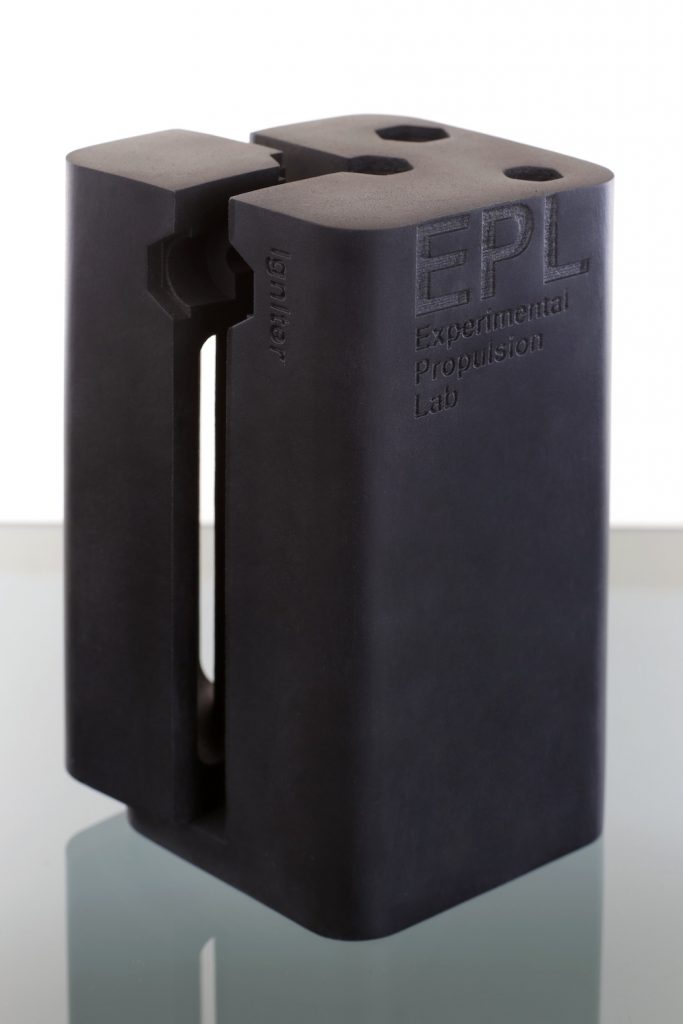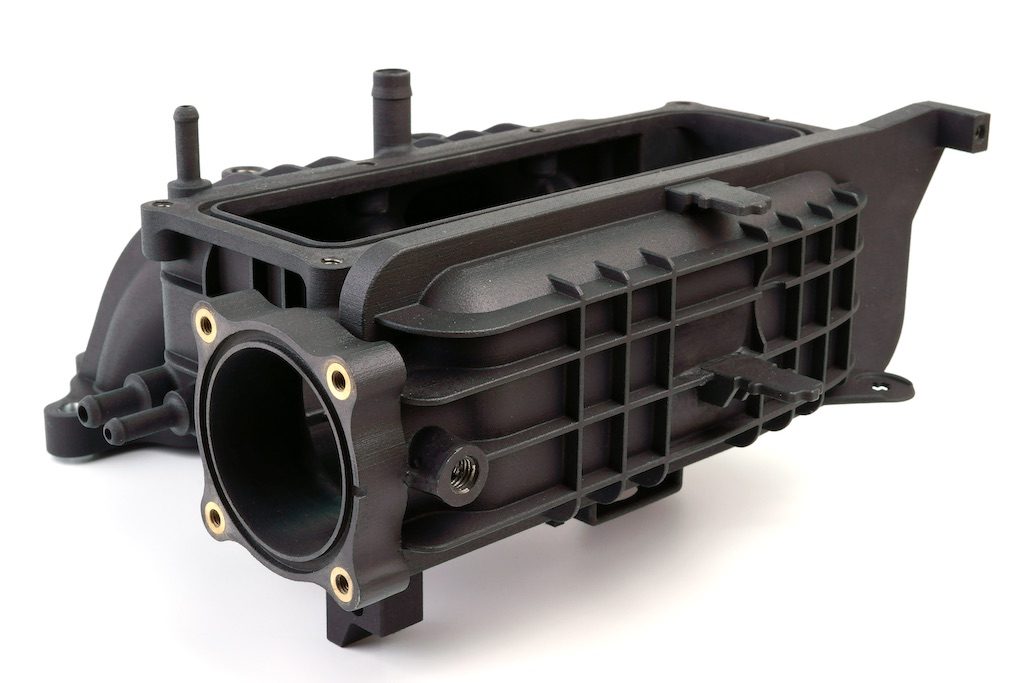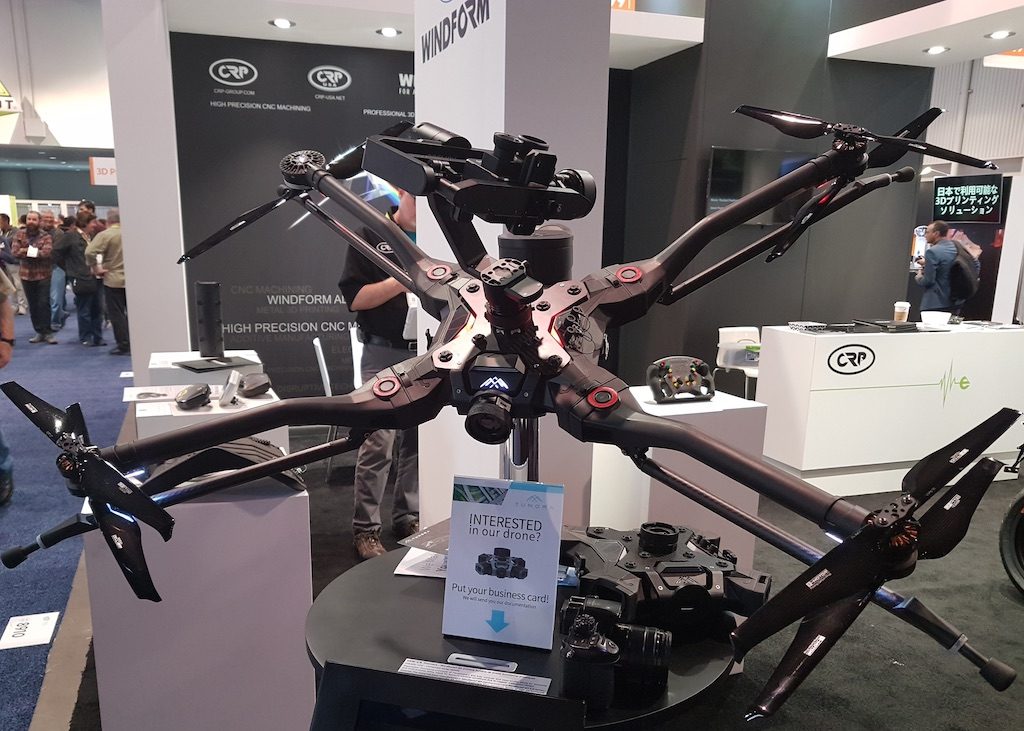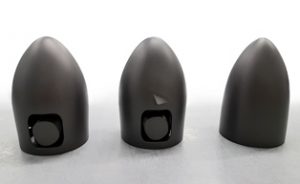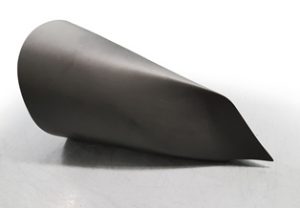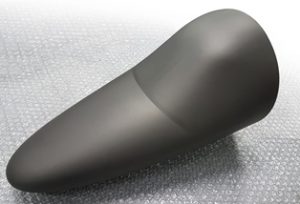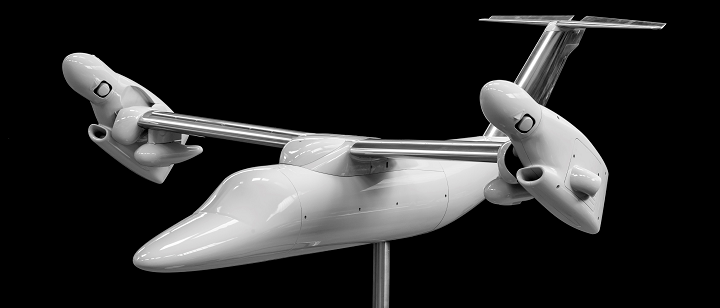We’re starting today’s 3D Printing News Briefs out with a new case study, and then concluding with some business. CRP USA has been working with additive manufacturing in the motorsports sector. Moving on, Gardner Aerospace has acquired FDM Digital Solutions Ltd. Finally, the Head of Engineering at Formlabs is joining up with Digital Alloys.
CRP USA AM in Motorsports Case Study
The University of Victoria (UVic) Formula Motorsport team has been using 3D printed oil pans on their SAE competition cars for the last four years that were created with CRP USA‘s laser sintering process, and Windform TOP-LINE composite materials. As a CRP case study details, carbon-composite Windform XT 2.0 was used to print the oil pans for the race vehicles in 2016, 2017, and 2018, and while they performed “amazingly” the first two years, the engine overheated during a test of last year’s car, which caused the temperature of the oil to rise above what the pan could handle.
For this year’s vehicle, the team decided to use the carbon-filled Windform SP composite material to 3D print the oil pan, as it has a higher melting point. They also made the mating flange thicker to lessen the chances of failure, and both of these changes led to a better, more robust oil pan. At next week’s Performance Racing Industry (PRI) Trade Show in Indianapolis, CRP USA will be showing off some of the other 3D printed solutions it’s helped create for the motorsports industry at booth 1041 in the Green Hall.
Gardner Aerospace Acquires FDM Digital Solutions
Global manufacturer Gardner Aerospace announced its acquisition of FDM Digital Solutions Limited, one of the UK’s top polymer additive layer manufacturers. FDM was formed in 2012, and its business model of original design solutions, manufacturing capability, and customer collaboration is successful in the aerospace, automotive, medical, and motorsports industries. The company will now become part of the new Gardner Technology Centre business unit, which is focused on R&D and advanced technology.
“Gardner Aerospace is breaking new ground in terms of technology. The acquisition of FDM and the creation of our new Technology Centre business unit provides us with the perfect opportunity to expand our technical knowledge, R&D capability and product offering, and aligns us with our customers’ growing expectations on innovative solutions, continuous improvement and cost competitiveness,” stated Gardner Aerospace CEO Dominic Cartwright.
“The role of 3D printing within manufacturing is constantly expanding and this newly acquired additive layer manufacturing capability complements Gardner’s long-standing capabilities as a producer of metallic detailed parts and sub-assemblies.”
Formlabs’ Head of Engineering Joins Digital Alloys
Carl Calabria, an AM industry veteran and the Head of Engineering at Formlabs, is leaving the company to join Digital Alloys, Inc. as its CTO. The Burlington, Massachusetts-based 3D printing company introduced its unique Joule printing last year, which it claims is the fastest way to make the hardest metal parts, as the wire-feed process doesn’t require any metal powder. By adding Calabria to its team, where he will be responsible for the company’s research and engineering, Digital Alloys can accelerate the release of its high-speed metal AM process.
“Leaving Formlabs was a difficult decision, but I was drawn to the size of Digital Alloys’ market, the team, and the opportunity to use Joule Printing to deliver metal printing solutions that have the speed, cost and quality needed for volume manufacturing of larger parts,” said Calabria. “The remarkable technology is producing titanium and tool steel parts faster, and at lower cost than conventional manufacturing processes.”
Watch this video to see Digital Alloys’ Joule printing process in action:
What do you think? Discuss these stories and other 3D printing topics at 3DPrintBoard.com or share your thoughts in the comments below.
The post 3D Printing News Briefs: December 3, 2019 appeared first on 3DPrint.com | The Voice of 3D Printing / Additive Manufacturing.


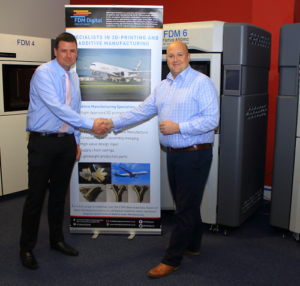
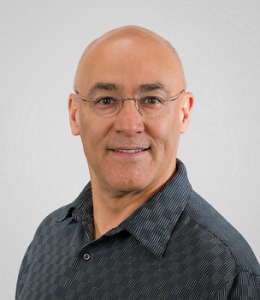
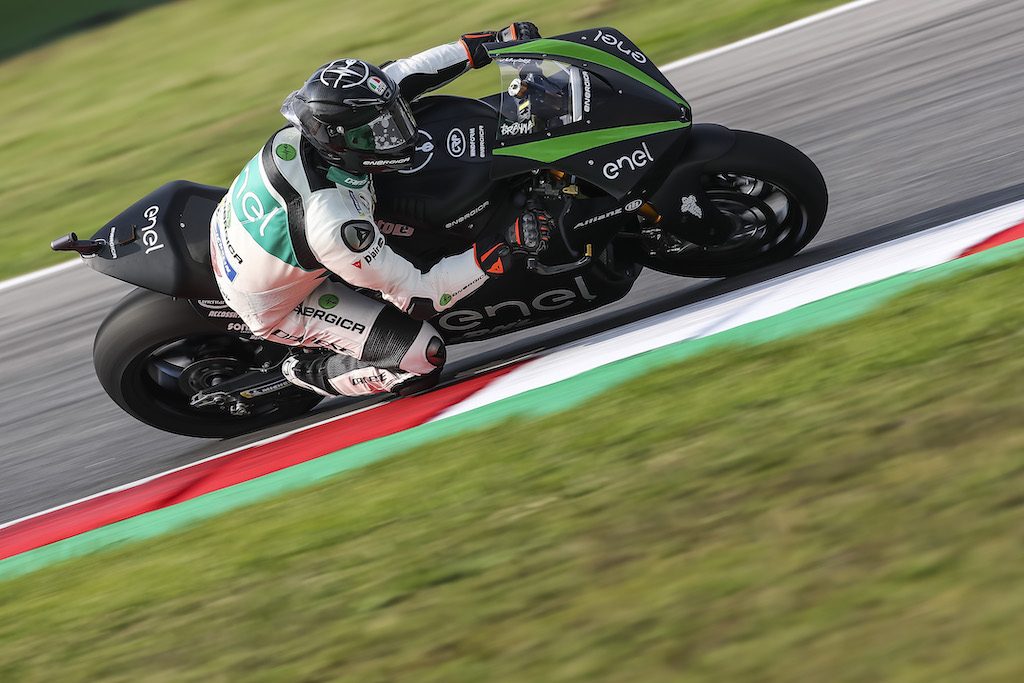
 World Cup, with some 3D printed parts by CRP Technology
World Cup, with some 3D printed parts by CRP Technology
